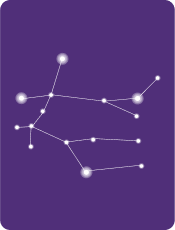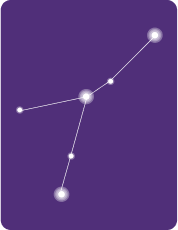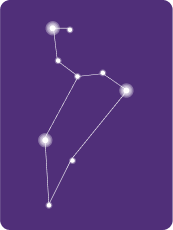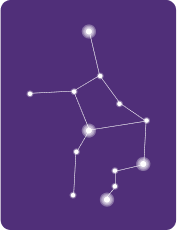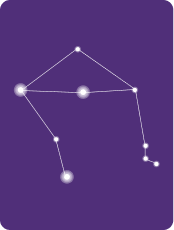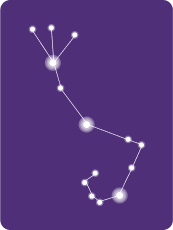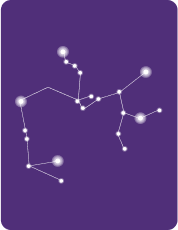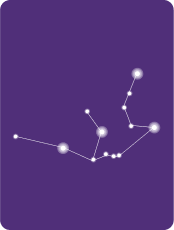Zodiac, a belt around the sky extending 9° on either side of the ecliptic, the Sun’s apparent annual path, which contains 12 constellations or astrological signs. In astrology, the outcome of an event (most notably, someone’s birth) is affected by the zodiacal positions of the Sun, the Moon, and the planets when that event happened. The orbits of the Moon and of the naked-eye planets also lie entirely within the zodiac.
The zodiac was divided into 12 astrological signs, each occupying 1/12 (or 30°) of its great circle, by the Babylonians about 500 BCE. Many of the Babylonian signs (for example, the Twins [Gemini], the Crab [Cancer], the Balance [Libra], among others) are still used today. Since most of the constellations through which the ecliptic passes represent animals, the ancient Greeks called its zone zōdiakos kyklos, “circle of animals,” or ta zōdia, “the little animals.” The Chinese zodiac system similarly involves a cycle of animals; however, each of the Chinese zodiac’s symbolic animals represents one year in a repeating cycle of 12 years, and the list and order of animals is based on a foundational myth of a great race rather than constellations.
Because of the precession of the equinoxes (a wobble of Earth’s axis with a roughly 26,000-year period), the constellations have shifted eastward so that the dates of the zodiac signs no longer correspond to the astronomical constellations in which the Sun actually appears. (For example, the place where the ecliptic crosses the celestial equator at the vernal equinox is named the point of Aries even though now that point is in Pisces.) The constellations are irregular in size and shape, and thus the Sun does not spend one month in each constellation. The Sun even passes through one constellation (Ophiuchus) that is not considered a member of the zodiac.
Uncover the history of the zodiacLearn more about the 12 signs of the zodiac.
Although astrology is not supported by science, the belief that one’s personality is determined by the zodiac sign that the Sun was in at one’s birth is still widespread, and astrology has enjoyed a resurgence in the 2020s, especially among millennials and Generation Z. In a 2022 poll 27 percent of Americans said they believe in astrology, and the percentage was even higher, 37 percent, among those under age 30.
The list below gives the constellations of the zodiac, with the dates of the Sun’s passage through them in the era when their boundaries were fixed. The history of the symbols is unknown; they seem to appear first in Greek manuscripts of the late Middle Ages



